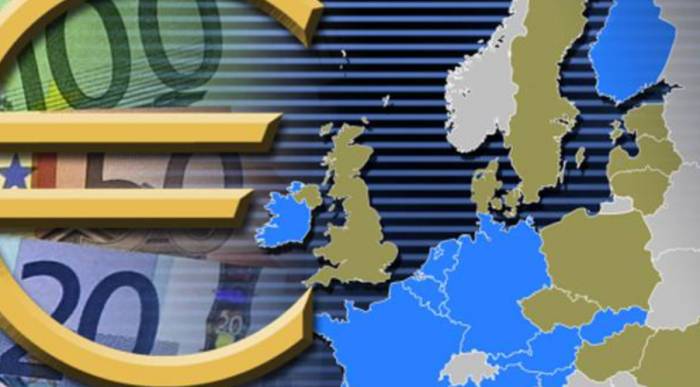Russia is a major resource country, with abundant oil, natural gas, and other resources that can be exported to markets around the world. Oil is the "blood" of industrial development in various countries, and its importance needs no further explanation. Natural gas is mainly exported to the European market and other markets with huge demand, such as China.
In Russia's foreign trade, the proportion of assets in foreign exchange reserves is extremely important. How much are the proportions of the US dollar, euro, and Chinese yuan? Russia has released the latest foreign exchange reserve report data, in which the proportion of Chinese yuan assets has reached a historical high. On the contrary, the proportion of US dollar assets has declined significantly.
In Russia's foreign exchange reserves, the highest proportion is the euro, accounting for 33.9%, which is a very high proportion. However, unfortunately, these euros may not be usable for the time being.
It should be noted that before, Russia's trade with Europe was very frequent, especially in energy trade. Europe's natural gas mainly relies on Russia for supply. According to data, 40% of Europe's natural gas, 25% of oil, and 45% of coal need to be imported from Russia. Among them, the European Union spent more than 60 billion euros on Russian natural gas last year.
Therefore, due to the huge energy orders, there are a large number of euro assets in Russia's foreign exchange reserves. However, according to the current situation, the proportion of euros will inevitably continue to decline in the future.
Secondly, the proportion of US dollar assets has dropped to 10.9%, down from 21%, with US dollar assets shrinking by half. There is no doubt that the proportion of US dollars in Russia's foreign exchange reserves will continue to decline, and the process of reducing US dollar dependence will not stop.
Russia's "de-dollarization" is relatively thorough compared to other economies. Russia was once one of the top ten overseas debt holders of the US dollar, holding hundreds of billions of US dollars in US debt. However, Russia has continuously reduced its holdings of US debt over several years, which can be described as "clearing out" its holdings. Now, Russia only has a few billion US dollars in US debt left, which is negligible.
In contrast to the euro and US dollar, the proportion of Chinese yuan assets in Russia's foreign exchange reserves has reached a new high, breaking through 100 billion US dollars for the first time. According to the latest exchange rate, it is equivalent to 667.5 billion Chinese yuan. The proportion of Chinese yuan has increased from 12.8% to 17.1%, raising by 4.3 percentage points.

What is more important is that for the first time, Chinese yuan assets have surpassed US dollar assets and are second only to the euro. It can be expected that the asset structure of Russia's foreign exchange reserves will continue to improve, and the proportion of Chinese yuan assets is expected to rise above 20%.
The trade volume between our country and Russia continues to set new records. The China-Russia trade volume has already exceeded 900 billion Chinese yuan, and it is already a foregone conclusion that it will break through the 1 trillion Chinese yuan mark this year. The main Russian products imported by our country are energy products such as oil, natural gas, and coal, while Russia imports Chinese mechanical and electrical products and labor-intensive products. The trade complementarity is very strong.In 2022, China's trade imports and exports with Russia will continue to increase. China has announced the relaxation of restrictions on importing Russian wheat, and the import volume of Russian wheat is expected to significantly rise in the future. Additionally, the import volume of energy products such as oil will also continue to grow, given the substantial market demand in China and the fact that importing from Russia is an excellent channel.
The share of renminbi assets in Russia's foreign exchange reserves has increased substantially, which is an important reflection of the internationalization of the renminbi. According to data from the International Monetary Fund (IMF), the renminbi has now become the fourth largest currency globally, surpassing the Japanese yen.
It's not just Russia where this is happening; the proportion of renminbi in Brazil's foreign exchange reserves has also seen a significant increase. According to the latest data released by the Central Bank of Brazil, the share of renminbi has risen from 1.2% to 4.99%, reaching its highest level, approaching that of the euro, while the shares of the euro and the US dollar continue to decline.
China is already the world's second-largest economy, with a GDP that exceeds the total of the 27 European Union countries and accounts for more than 70% of the United States. Moreover, China is the world's largest trading nation. It is only logical that the renminbi should occupy a larger share in global foreign exchange and trade. Currently, the renminbi's share in international foreign exchange reserves stands at 2.79%, indicating a significant room for growth. The process is gradual, and there is anticipation for the day when the renminbi takes center stage in the global currency arena.